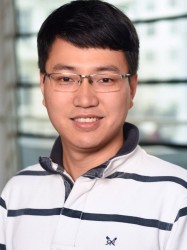BibTex format
@inproceedings{Liang:2021:10.1615/tfec2021.sol.032144,
author = {Liang, Z and Wang, K and Huang, G and Markides, CN and Chen, Q},
doi = {10.1615/tfec2021.sol.032144},
pages = {1323--1326},
publisher = {Begellhouse},
title = {Thermodynamic analyses of a solar-hydrogen energy system based on SBS PV-T and SOEC/SOFC technologies},
url = {http://dx.doi.org/10.1615/tfec2021.sol.032144},
year = {2021}
}

